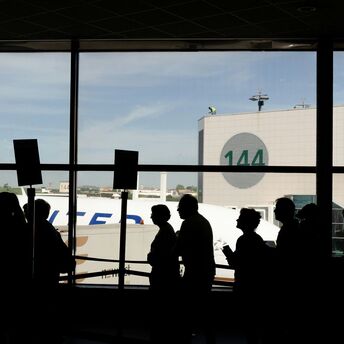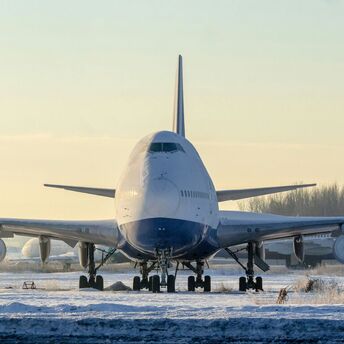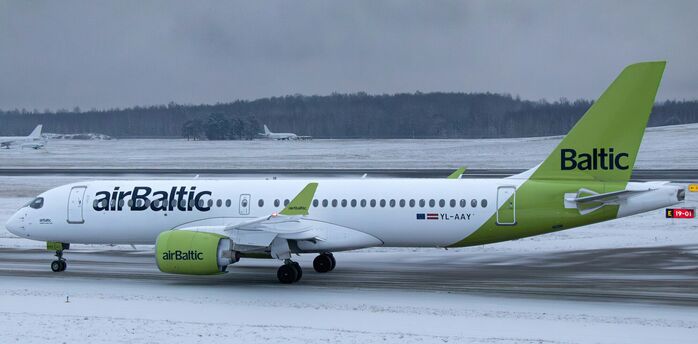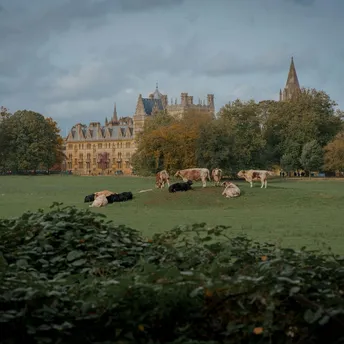Parallel Runway Operations: A Guide to Efficient Airport Management
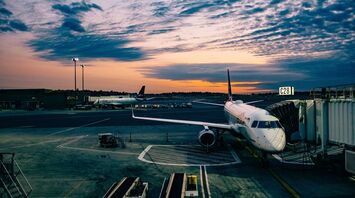
As air travel continues to grow, the efficient management of airport runways becomes more critical than ever. One of the most effective ways that major airports maximize capacity and improve traffic flow is through the use of parallel runways. These runways, often located side-by-side, allow for simultaneous takeoffs and landings, significantly increasing an airport’s ability to handle large volumes of flights. However, managing parallel runway operations requires strict rules, precise coordination, and advanced technology to ensure both safety and efficiency.
This guide explores the complexities behind parallel runway usage, explaining the key factors that allow airports to optimize runway performance while maintaining the highest standards of safety.
The Basics: What Are Parallel Runways?
Parallel runways are exactly what their name suggests: two or more runways that are placed parallel to each other, often used simultaneously for landings and departures. Airports with high volumes of traffic, such as Los Angeles International Airport (LAX) and London Heathrow, rely on parallel runways to manage the large number of aircraft movements each day. The ability to use multiple runways at the same time allows these airports to reduce delays, maintain a smoother flow of operations, and accommodate more flights.
There are two main types of parallel runways: dependent and independent. Dependent parallel runways require additional coordination because they are close enough that aircraft movements must be synchronized to avoid conflicts. Independent parallel runways, on the other hand, are spaced far enough apart that planes can operate on each runway without affecting the other, allowing for greater flexibility in takeoffs and landings.
Independent vs. Dependent Parallel Runways
The distinction between independent and dependent parallel runways lies primarily in the distance between them. Independent parallel runways are spaced at least 4,300 feet (1,310 meters) apart, which allows aircraft to take off or land on either runway without requiring additional safety protocols. This separation minimizes the risk of interference, meaning each runway can operate with its own air traffic controller, handling simultaneous movements without concern for the other.
In contrast, dependent parallel runways are spaced closer together, usually less than 4,300 feet apart, and require coordinated operations. Air traffic controllers must carefully manage aircraft movements to ensure that planes using the runways do not create conflicts, particularly during critical phases of flight like takeoffs or landings. Dependent runways may use staggered departures or arrivals, where one plane begins its takeoff or landing before the other aircraft on the adjacent runway moves. This type of coordination ensures that planes do not come too close to each other, adhering to strict safety margins set by aviation authorities.
Safety and Coordination: The Role of Air Traffic Control
The safe and efficient operation of parallel runways depends heavily on the skill and precision of air traffic controllers (ATC). Controllers must constantly monitor aircraft positions, speeds, and altitudes to ensure that planes remain separated by safe distances. This is especially true for dependent parallel runways, where the proximity of aircraft requires tighter control and coordination.
To manage traffic on parallel runways, air traffic control utilizes Standard Operating Procedures (SOPs), which are designed to minimize the risk of conflict between aircraft. These procedures involve establishing clear communication between pilots and ATC, issuing precise instructions for takeoff and landing, and using advanced radar systems to track aircraft movements in real-time. In addition, controllers make use of runway separation minima, which are specific rules regarding the distance that must be maintained between aircraft on adjacent runways.
The introduction of wake turbulence separation is another critical element in parallel runway operations. Wake turbulence, created by the passage of an aircraft through the air, can pose a significant hazard to other aircraft flying in close proximity. ATC takes this into account by ensuring that there is enough space between planes, especially between larger aircraft that generate more turbulence and smaller ones that could be affected by it.
Optimizing Capacity: Benefits of Parallel Runways
The primary benefit of parallel runways is their ability to drastically increase an airport’s throughput capacity. With multiple runways available for simultaneous use, airports can handle more aircraft movements per hour, reducing delays and improving the overall efficiency of airport operations. This is particularly important for major international hubs, where high demand for flights can strain single-runway operations.
For example, Dallas/Fort Worth International Airport (DFW), one of the world’s largest airports by area, operates seven runways, four of which are parallel. The use of these parallel runways allows the airport to manage a high number of flights each day, facilitating a smooth flow of traffic without bottlenecks. This enables DFW to serve as a key connecting hub for domestic and international flights, handling thousands of arrivals and departures with minimal congestion.
Additionally, parallel runways can improve the overall punctuality of flights. By allowing multiple planes to take off and land at the same time, airports can maintain more precise schedules, reducing the likelihood of delays. This is particularly important in situations where airports face adverse weather conditions, as parallel runways offer greater flexibility for rerouting traffic and adjusting operations to meet the challenges posed by low visibility, strong winds, or rain.
Environmental Considerations and Challenges
While parallel runways offer significant advantages in terms of efficiency and capacity, they are not without challenges—particularly when it comes to environmental impact. Increased traffic on parallel runways can lead to higher levels of noise pollution, particularly in densely populated areas near airports. To mitigate this, airports often implement noise abatement procedures, which involve adjusting flight paths or limiting the use of certain runways during nighttime hours to reduce the noise footprint for nearby communities.
Environmental concerns also extend to air quality. With more aircraft taking off and landing, there is a corresponding increase in emissions. Airports and regulators are working together to address these issues by promoting sustainable aviation practices, such as the use of more fuel-efficient aircraft and improved flight operations that minimize fuel burn. The introduction of continuous descent operations (CDO), where aircraft descend at a constant rate rather than in steps, is one such measure that helps reduce noise and fuel consumption during landings.
The Future of Parallel Runways: Technology and Innovation
The future of parallel runway operations is set to be shaped by advancements in aviation technology. One key development is the introduction of satellite-based navigation systems, such as the Global Positioning System (GPS) and the Automatic Dependent Surveillance-Broadcast (ADS-B). These systems provide air traffic controllers with more accurate data on aircraft positions and movements, allowing for greater precision in managing parallel runway operations.
In addition, airports are beginning to explore the use of artificial intelligence (AI) and machine learning to optimize runway usage. AI can help predict traffic patterns, analyze weather conditions, and suggest the most efficient ways to allocate runway resources in real-time. This level of automation could further enhance the safety and efficiency of parallel runway operations, particularly at busy airports that experience high volumes of air traffic.




